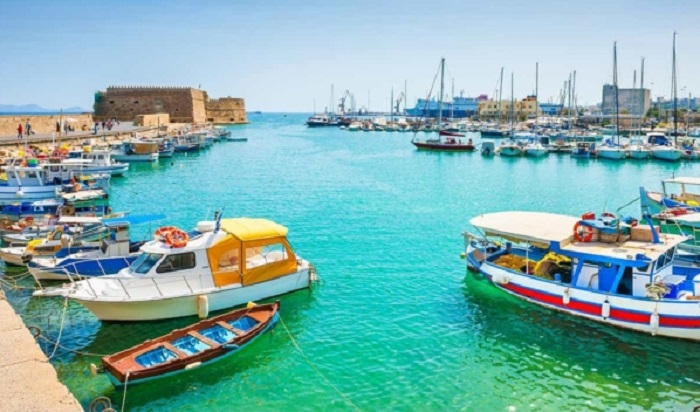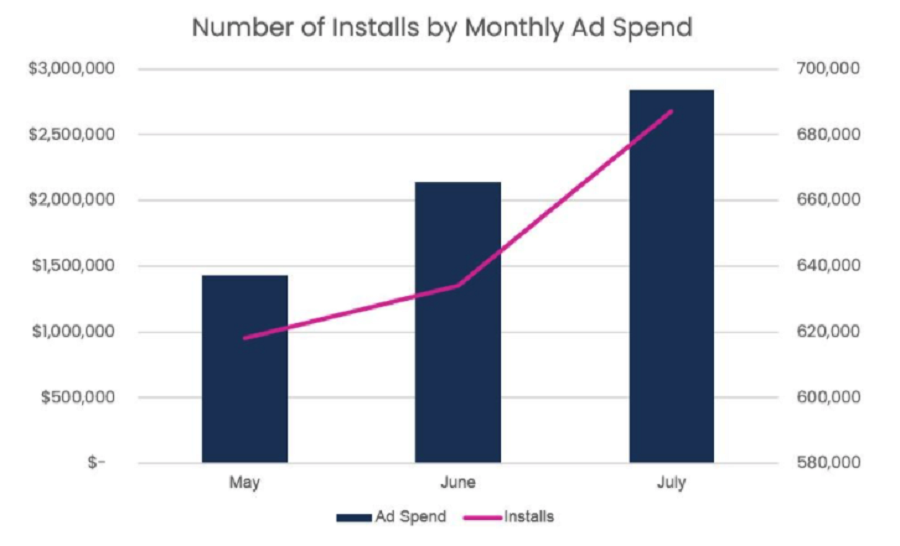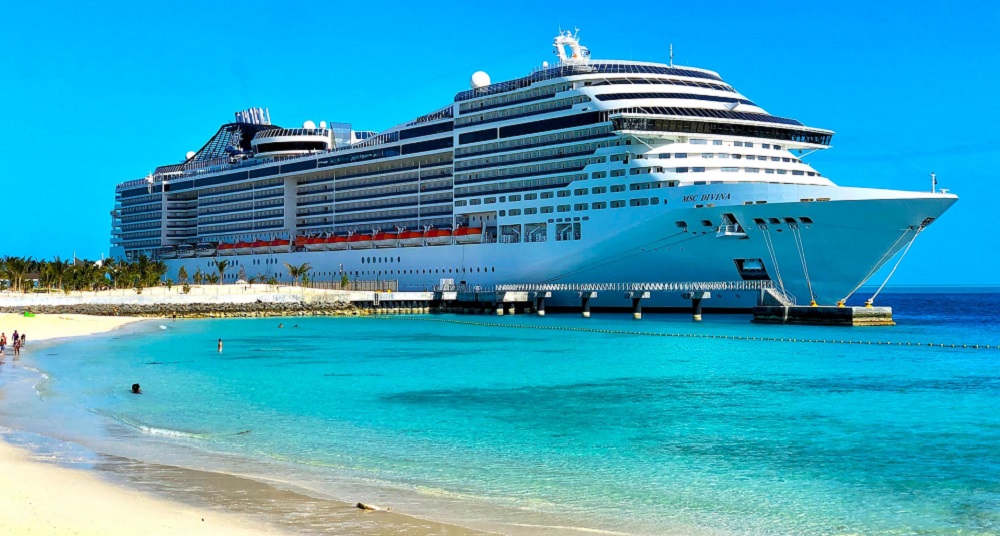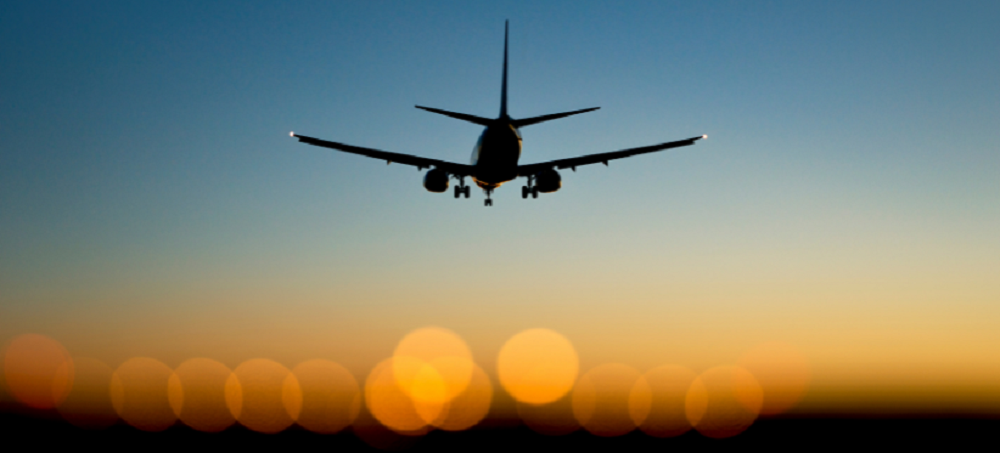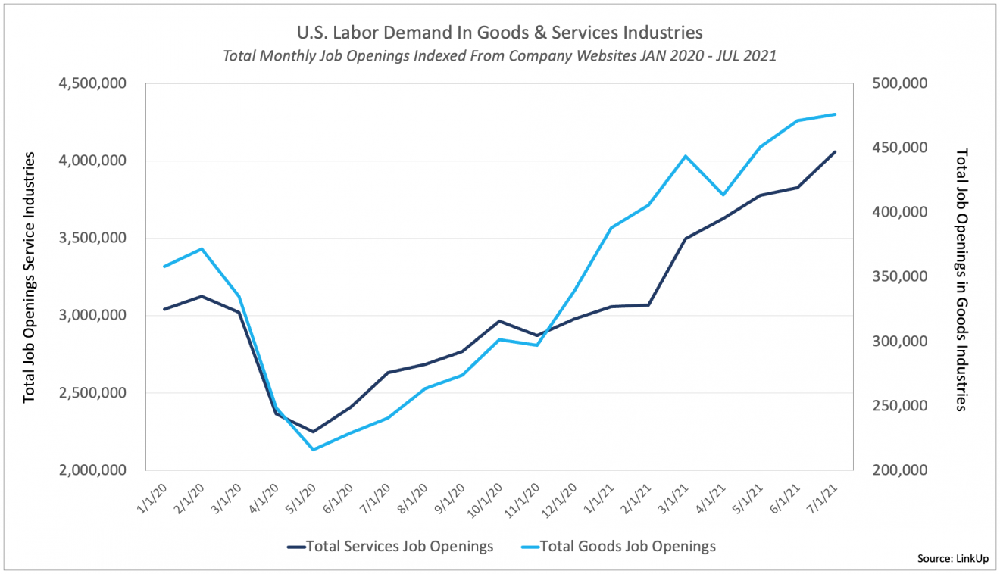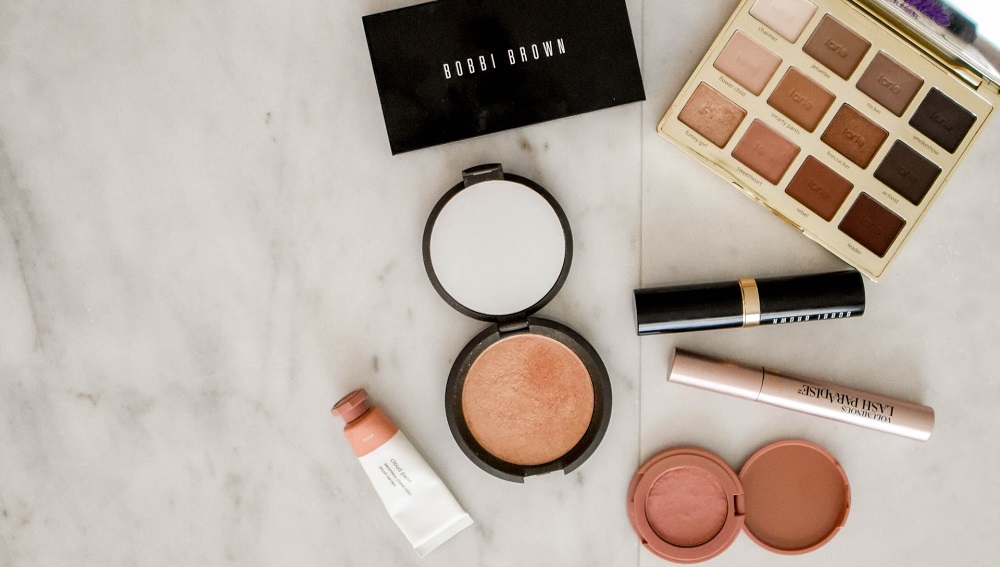New research from ForwardKeys reveals that international flights to European destinations in July and August reached 39.9% of pre-pandemic levels. This is significantly better than last year (which was 26.6%) when the COVID-19 pandemic caused widespread lockdowns, and vaccines were not yet approved. However, the picture was very mixed, with some destinations doing considerably better than others. The outlook is also not improving, as bookings slowed towards the end of the summer period.
Since seeing demand decrease in the last year following the pandemic, the rideshare industry has been making a gradual recovery around the globe. In April of this year, Uber announced their plan to recruit 20,000 more drivers in the United Kingdom as demand began ramping up again. To see exactly how much UK rideshare services have recovered since the start of the pandemic, Edison Trends analyzed over 120,000 transactions.
Occupancy fell by more than two percentage points to 61.0% for the week ending 28 August 2021. This was the fifth consecutive week with lower occupancy and the fourth straight week with an occupancy decline of more than two percentage points. More than 77% of all STR-defined markets in the U.S. reported lower weekly occupancy, and U.S. occupancy is now at its lowest level since mid-May as just 57% of hotels saw weekly occupancy above 60%—the lowest percentage in 14 weeks. Weekday and weekend occupancy have each been trending down for the past five weeks.
With singles "vaxxed and waxed," will 2021 turn out to be the summer of love? Unfortunately, Pathmatics Explorer can't help us predict the future. But it can tell us how the top dating sites and apps are advertising. Pathmatics data shows us that dating apps overwhelmingly favor Facebook, Instagram, and Hulu, with over 90% of digital advertising budgets devoted to these three platforms. So who are the top advertisers in the dating industry, and how are they using digital to woo new customers?
ForwardKeys reveals that summer in Spain was exactly how it was predicted to be – international arrivals into Spain in July-August were half of 2019 levels. Spain managed to recover half of the volume of pre-pandemic internationals, down by 49.4% in 2019. On the flip side, domestic tourism was almost at pre-pandemic levels, covering for the loss of international visitors and three Spanish cities made it into the top 10 most resilient European cities list: Ibiza, Palma de Mallorca, and Malaga.
Affirm recently announced a partnership with Amazon to offer its Buy Now, Pay Later services on the site. While partnering with the world’s largest retailer outside China seems an easy choice to make, many other companies that offer services to retailers struggle with finding the kind of rapidly growing brands who need partners in their ecosystems to continue a strong trajectory. Be they payment, marketing, or logistics companies, these brands can find such partners on the CE Vision platform.
An earnings report gives investors the opportunity to assess a company’s alpha-generating potential. Some of the critical questions that earnings can answer are: Is the company growing fast enough? How profitable is it? Which are the best-performing segments? And ultimately, is the company poised for long-term success? Based on this information, an investor may decide to hold the stock long-term or to sell as soon as possible.
It’s difficult to properly contextualize the overwhelming power of the Pumpkin Spice Latte and the excitement it generates. In 2019, and then again last summer in a season heavily affected by COVID, the drink consistently managed to drive significant visits to Starbucks locations nationwide. And the push is incredibly strategic as it helps to herald in the coffee giant’s fall and winter strength after months of spring and summer. But could the launch deliver yet again?
Over the last two decades, we’ve seen several new business categories be born. Without companies like Netflix, Uber, Apple and many more changing the status quo, this past year would have been completely different. They’ve changed everything from how we watch videos and listen to music to how we order takeout. Consumer category creators are well known because they affect our everyday life. But behind the scenes, software category creators have been changing the way businesses run.
Some cruise lines, including Norwegian and Royal Caribbean, have started setting sail again after being on hiatus throughout the pandemic. The cruise industry is one of the many areas within the travel sector—such as airlines, rental cars, and hospitality—that have been rebounding over the summer. Royal Caribbean and Viking River Cruises in particular have captured market share in the two years from July 2019 to July 2021. However, despite a recent uptick, sales for the cruise line industry remain far below pre-pandemic levels.
The college admissions scandal of 2019 highlighted the ways that elite private school students are using their resources to secure admission to top tier colleges. This week we focus on whether going to private high schools really improves your chances of getting into a top tier college. And if so, what colleges enroll the most private school students? Prior to 2005 only 40% of the students at top 20 universities were from public schools, but since then there has been a steady increase to 60%.
In the midst of rising concerns among retailers over a COVID resurgence and a critical Back-to-School season, we dove into Gap Inc. and Lululemon’s foot traffic to find out how these apparel leaders are faring amidst the uncertainty. Gap Inc. had a mixed experience over the pandemic, with some of its iconic brands taking a hit while others flourished. In October 2020, the company unveiled the “Power Plan 2023” – a strategy involving reducing the Gap and Banana Republic store count in North America to 870 by the end of fiscal 2023
India’s progressive approach to vaccinations has led to an increase in travelers and hotel demand, especially in the leisure segment. Beyond the noticeable improvement, however, the country is showing a different trend in which markets are regaining occupancy. As noted in a recent press release, India’s recovery after the first COVID-19 wave was concentrated in leisure destinations such as Goa and Udaipur. But in this latest round of recovery, heavily populated markets and metro cities such as New Delhi and Mumbai have seen much improvement.
Manufactured housing represents a small share of the U.S. commercial real estate market, at approximately 1% of total deal volume, but activity in this alternative sector is gaining momentum. Sales of individual properties reached the highest levels yet in the second quarter. Acquisitions in the four quarters through Q2 2021 totaled $4.1 billion, up 48% compared with the prior four quarters and 30% above the average seen since 2017.
The events of the past year and a half have highlighted existing regional disparities – and created some new ones – as a result of the differences in virus spread, regulatory decisions, and calendars reopening. But because of how retail data is usually presented, the variance in the pace of economic recovery between different locales can sometimes be hard to spot. Indeed, most stakeholders in the future of brick and mortar retail – retailers, CRE professionals, CPG executives, and financial analysis – stay up to date on their sectors of interest by tracking the performance of specific brands or categories.
Since the first week of August, airlines around the world have cut back their planned capacity by some 100 million seats. Assume in normal times 80% of those would have been filled at an average yield of US$200, that’s US$20 billion of revenues airlines had “hoped” to see that isn’t going to happen. These numbers are before the EU recommendation to limit US traveller access, partly because of the Delta variant raging in the US, but perhaps more out of frustration at the lack of reciprocity from the US authorities.
The past year and a half has been exciting for the world of gaming. As an alternative to social media and Netflix titles, socially distanced people flocked to gaming platforms. Whether it was attending Travis Scott’s unforgettable concert in Fortnite or buying a Marc Jacobs outfit in Animal Crossing, people found enjoyment in their virtual worlds. August saw many new releases. Did top advertising brands line up with popular launches?
We’ll post updated charts later this week when we get our data for August, but we wanted to post the two charts below that show total (below) and new job openings (bottom) in goods and services industries between January 2020 and July 2021. As the first chart below for total job openings shows, between May and November last year, labor demand in services industries rose faster immediately following the decimation of Q2 ’21 than goods-producing industries.
Global hotel performance is improving month by month. That’s the good news. The more pressing concern is if it will remain that way. The hotel industry remains fragile, dodging each and every new impediment thrown its way. The newest snag has been the Delta variant, which has caused COVID cases to spike in many areas and thrown a wrench into the gradual rebound. Just this week, the European Union recommended that Americans be banned from nonessential travel to its member states after a rise in case counts in the U.S.
The beauty industry worldwide has been evolving over the past few years, with social media and changing definitions of attractiveness driving forces. In today’s Insight Flash, we dig into how the Beauty Products subindustry has been changing in the UK, focusing on online versus offline sales for direct-to-consumer brands, top spend growth, and average ticket sizes. Like many sectors, UK Beauty Products saw a decline in spend at the beginning of the COVID-19 pandemic last spring.












































